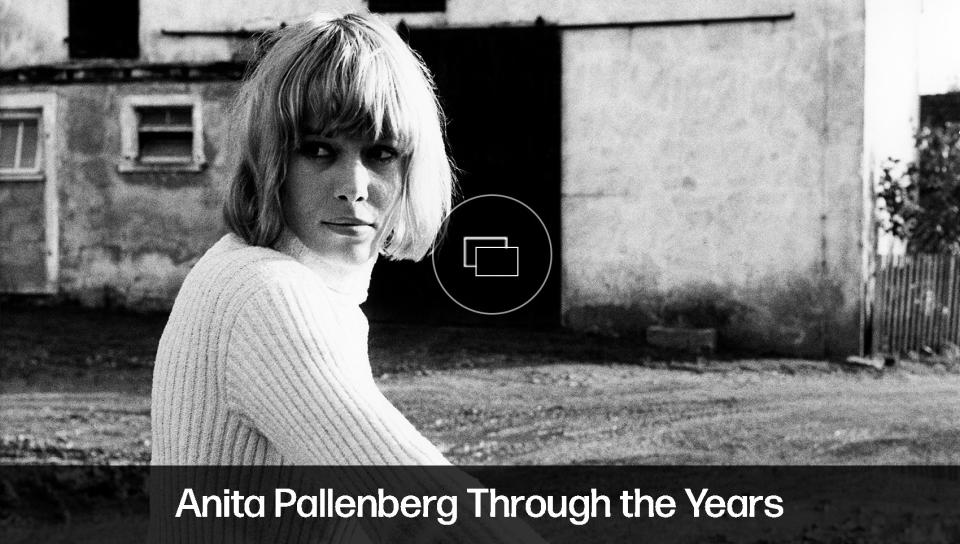‘Catching Fire’ Directors Talk Anita Pallenberg’s Perennial ‘It’ Factor and How Her Style Influenced Kate Moss and Keith Richards
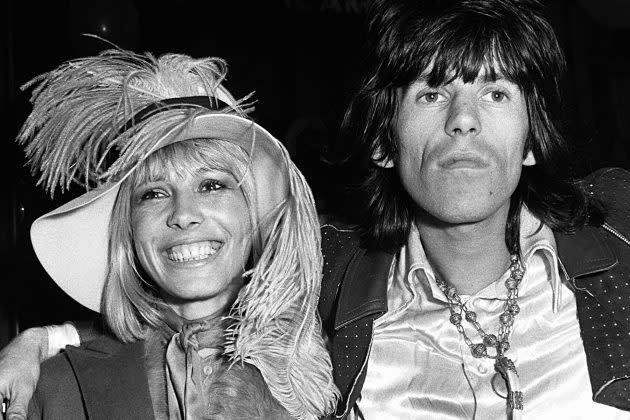
She was a muse to the Rolling Stones, Barbarella’s nemesis and a mother figure to Kate Moss. Now, Anita Pallenberg’s story takes center stage in “Catching Fire,” a new documentary directed by Svetlana Zill and Alexis Bloom.
Featuring never-before-seen home video footage and a voice over by Scarlett Johansson, the film seeks to tell Pallenberg’s story in her own words. Following her passing in 2017, the model and actress’ son, Marlon Richards, discovered an unpublished manuscript of her autobiography.
More from WWD
EXCLUSIVE: Lucky Brand Celebrates Six Decades of The Rolling Stones With New Apparel Collection
EXCLUSIVE: A New Book Launches on Italy's Kennedy-like 'Camelot,' the Agnelli Family Ferrari Dynasty
This serves as the basis for “Catching Fire’s” narrative, which is supplemented by firsthand tales from those who knew her best, including singer Marianne Faithfull and Pallenberg’s longtime partner, rock star Keith Richards.
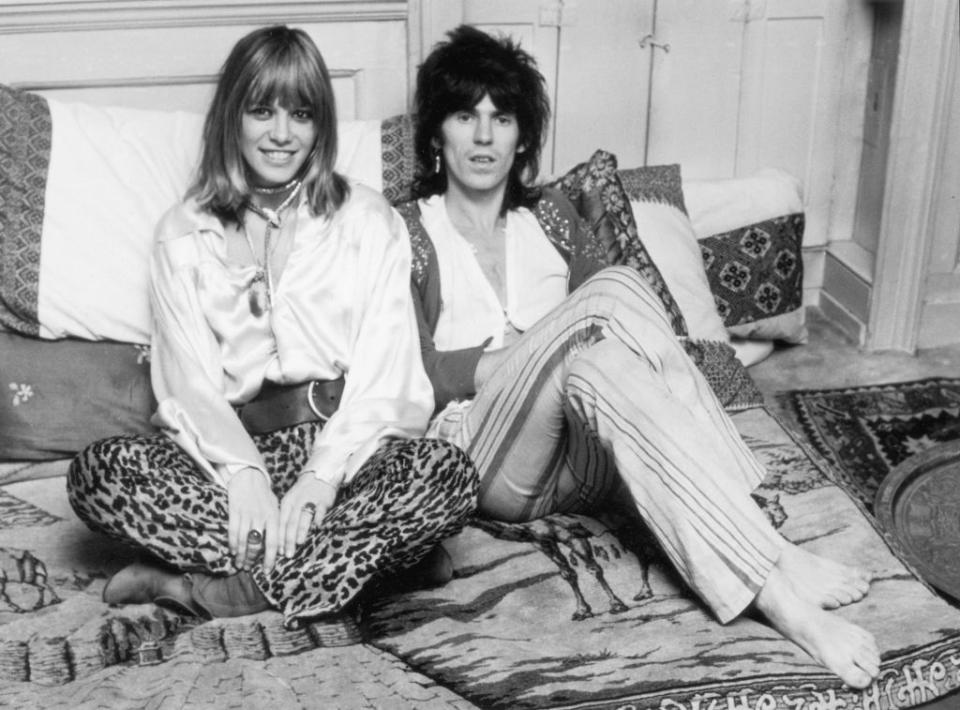
“We never wanted experts,” Bloom told WWD of selecting subjects for the documentary.
“There had to be a level of intimacy and closeness,” Zill added. “We wanted people’s voices to come into the story when it was appropriate, for them to speak about experiences they had with her, or the specific time that they spent with her, rather than commenting on stories that they weren’t around for, because then it becomes a different kind of film.”
When Marlon approached Bloom and Zill to direct a film about his mother’s life, he sought something deeper than the typical celebrity hagiography. “Catching Fire” discloses Pallenberg’s struggles with substance abuse and candidly questions the power dynamic between her and a 17-year-old lover, Scott Cantrell, who she became romantically involved with in her late 30s.
“Marlon really was determined to have his mother’s story be told honestly,” Zill said. “And I think he was inclined to work with women to tell her story.”
As great as Pallenberg’s influence was — she inspired Stones hits like “Gimme Shelter” and “Wild Horses,” as well as her starring role in 1970’s “Performance,” which costarred Mick Jagger — she was frequently reduced to her relationships with famous men.
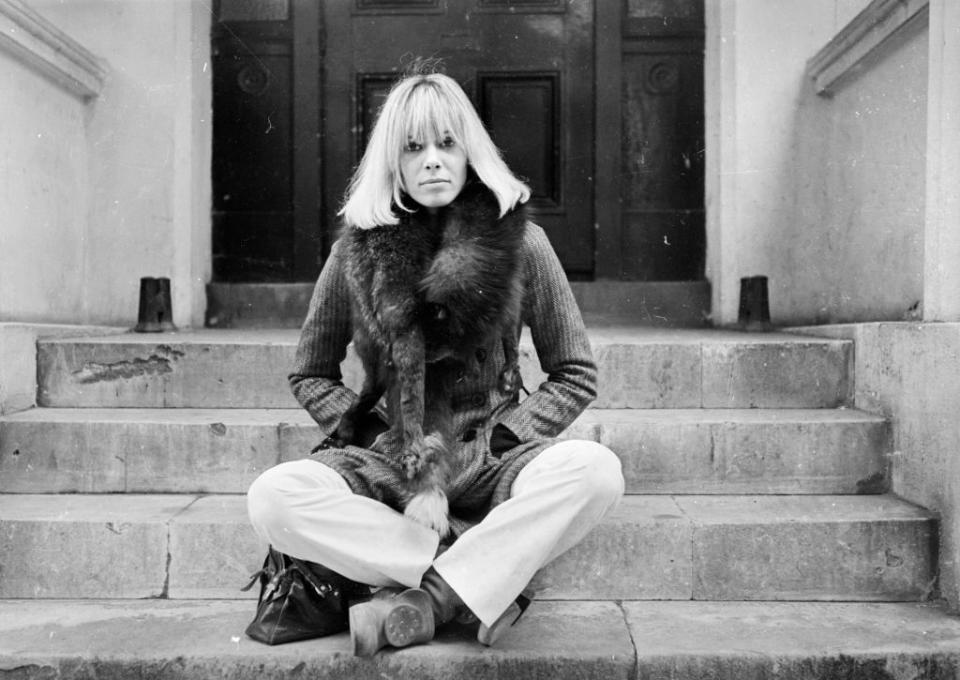
“It was certainly because of the time,” Bloom explained. “She also wasn’t a person who clamored for attention in that way. Credit wasn’t important to her. Had she had sharper elbows, or had it been an ambition of hers, she could have gotten credit, but she was singularly uninterested in credit.”
While “Catching Fire” explores Pallenberg’s romances with Richards and his bandmates Brian Jones and Jagger, the documentary highlights her own accomplishments in equal measure.
After moving to New York as a teenager, she became a part of Andy Warhol’s crowd at the Factory, modeled across Europe and eventually starred opposite Jane Fonda in “Barbarella.” Just as her star was on the rise, Richards convinced her to stop working. The fact that the Stones were on the run only made matters worse.
Fleeing prosecution for tax evasion in Britain, the band settled in the South of France. Pallenberg ran the home at Villa Nellcôte, where she became the Stones’ translator (she was the only one who spoke French), babysitter and bodyguard.
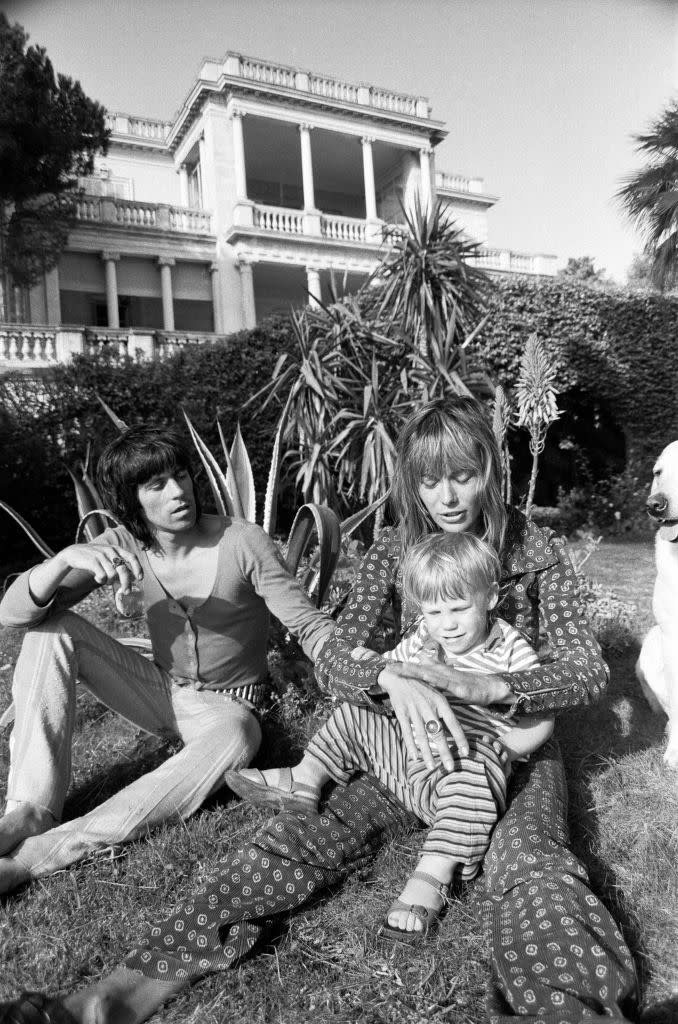
“By then, I realized that Keith’s music came first,” Johansson narrates in the film. “Everything else came second.”
Pallenberg’s manner of dress also had a major influence on the Stones, as well as her longtime friend, supermodel Kate Moss. Her flair for fashion originated in childhood, when she would knit sweaters on the school bus and hand-taper jeans into trendy pedal pushers.
“She had such good style,” Bloom said of Pallenberg. “And it was totally natural. We asked people, ‘Did she ever have a stylist?’ They were like, ‘God forbid, never.'”
Richards, often wearing his girlfriend’s clothes, helped define an era of free-spirited yet glamorous fashion that still resonates today: designers like Anna Sui and Isabel Marant have built brands on styles pioneered by Pallenberg.
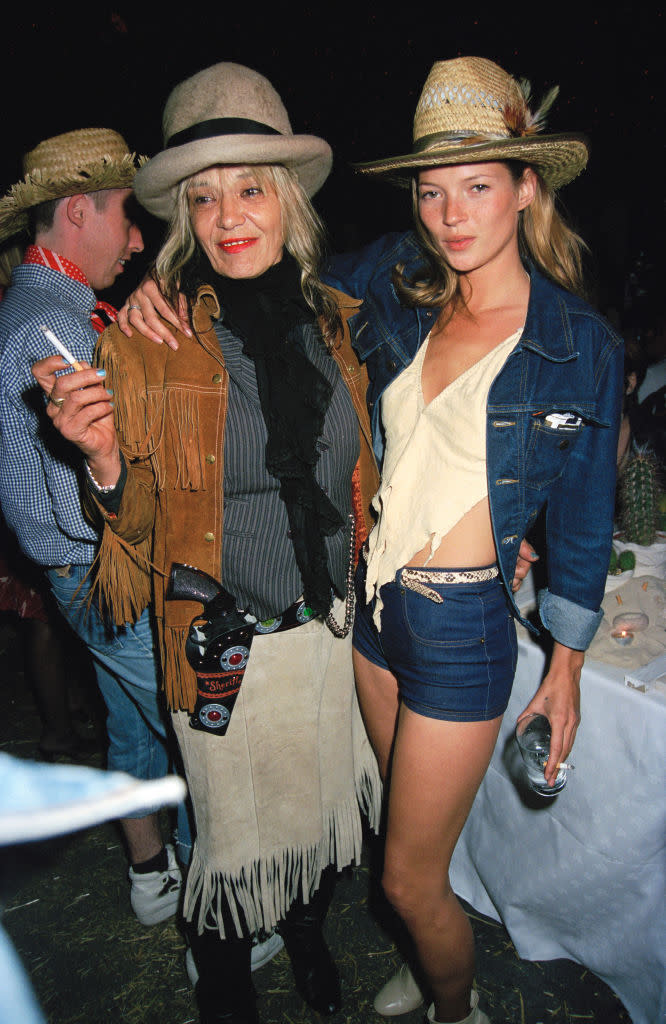
“She was the original Bohemian rock chick,” Moss says in “Catching Fire.” “She was everything you want a rock star to be, or for me, everything you want a woman to be.”
Pallenberg and Moss struck up a friendship after they were introduced by Marlon’s wife, model Lucie de la Falaise, daughter of designer — and Yves Saint Laurent’s prolific muse — Loulou de la Falaise.
“They traveled together in India for months,” Bloom explained. “Kate and Anita arm in arm, off they went to go look at textiles and jewels and things like that. They really had a good time together and respected each other. Certainly, Anita was a maternal figure in Kate’s life.”
Even in her later years, Pallenberg never abandoned her role as muse. She walked in Vivienne Westwood’s 1998 Red Label show at the age of 56, and strutted down one final runway at Pam Hogg’s spring 2017 presentation a year before her death.
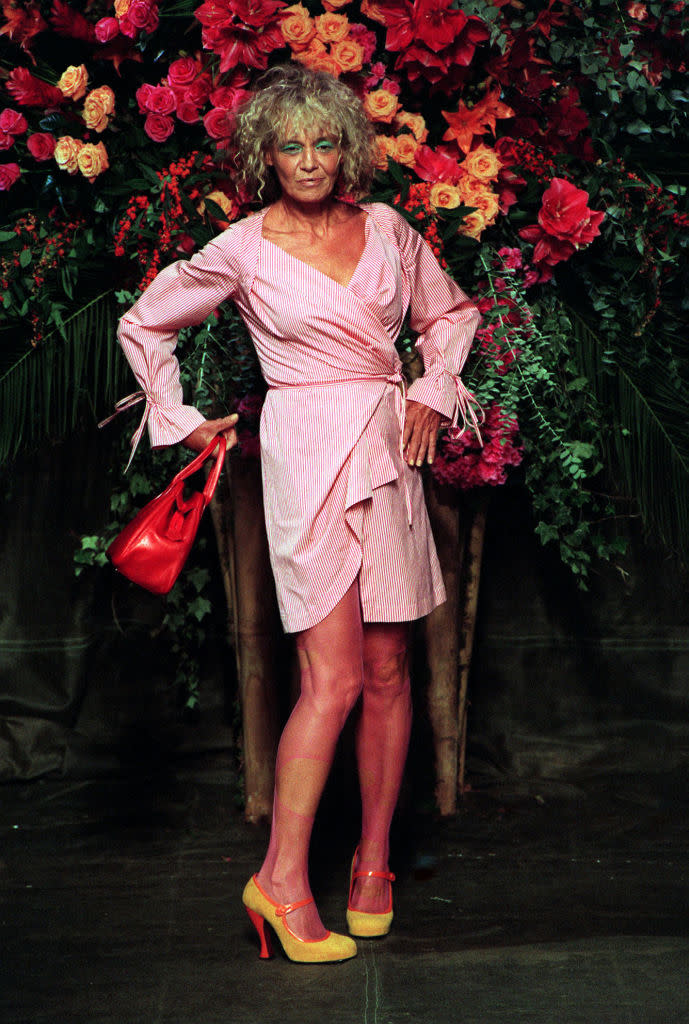
“Anita just had it,” Zill said. “She had this sort of innate magnetism. I think it was the fact that she was motivated by her own curiosity. She was a voracious reader. She loved music, she loved art. She was full of creativity and lived in the moment. When you have that presence of mind, and that kind of creative force, people are drawn to that.”
“Catching Fire” is in theaters and on digital platforms now.
Launch Gallery: Anita Pallenberg's Style Through the Years: The Fashion & Rolling Stone Muse [PHOTOS]
Best of WWD

